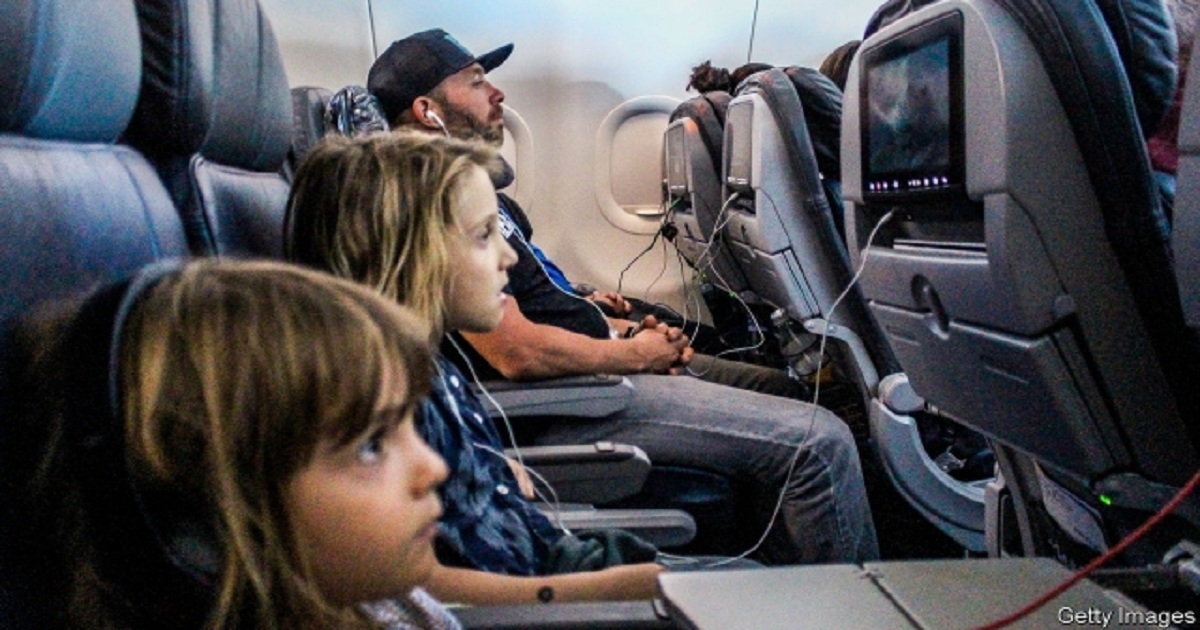American carriers are again competing over in-flight entertainment
economist | March 27, 2019

“AIR TRAVEL is both the most advanced form of transportation and the most boring,” David Flexer, president of Inflight Motion Pictures, told the New Yorker in 1962. Mr Flexer had just spent years developing the technology to bring in-flight movies to Trans World Airlines, which in 1961 became the first carrier to offer regular on-board films. This wasn’t exactly the debut of sky-high flicks—that came 40 years earlier, when Aeromarine Airlines showed “Howdy Chicago!” to 11 passengers on a leisurely flight circling above the Windy City—but it marked the start of an explosion of in-flight entertainment. Drop-down screens every few rows soon became common. Then seatback screens took over, allowing passengers to choose for themselves what to watch. But the expansion of in-flight entertainment was expensive. Individual screens cost as much as $10,000 per seat to install and require regular repairs, and their weight increases fuel costs. Airlines also have to spend millions of dollars a year on film licences. With ever more passengers bringing personal entertainment devices on board, some airlines began cutting back. In recent years, United Airlines, American Airlines and Hawaiian Airlines all opted to go without seatback screens on some of their new planes. Bloomberg News duly reported in 2017 that “Your in-flight movie screen is going extinct.” It seemed that flyers without personal gadgets might once again find air travel as anodyne as Mr Flexer described.